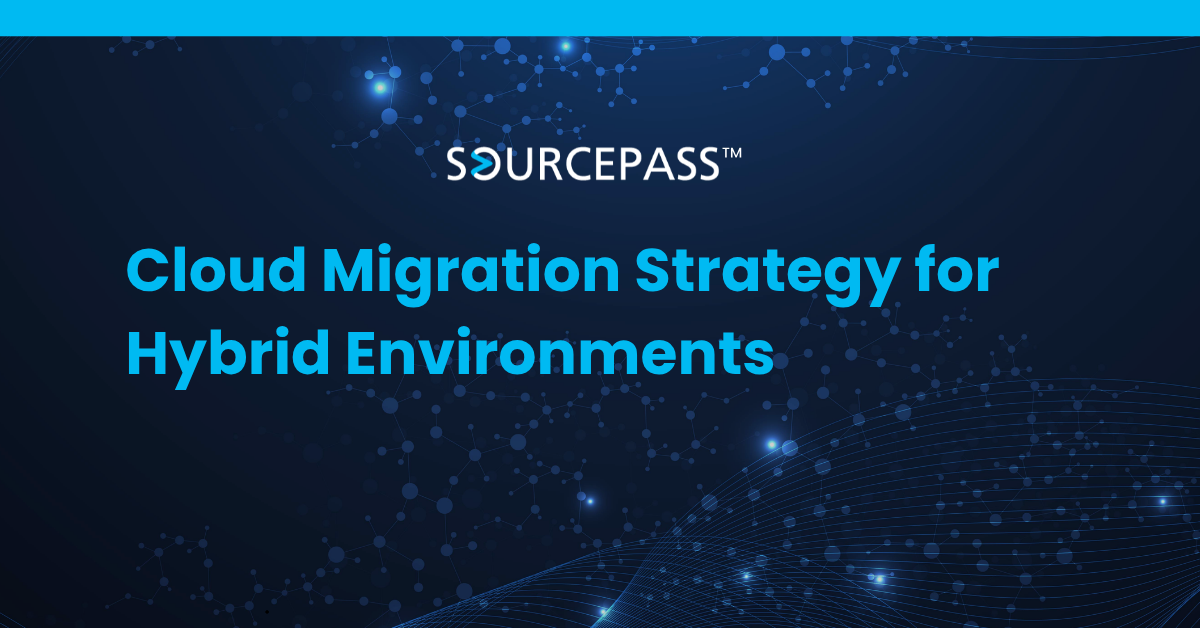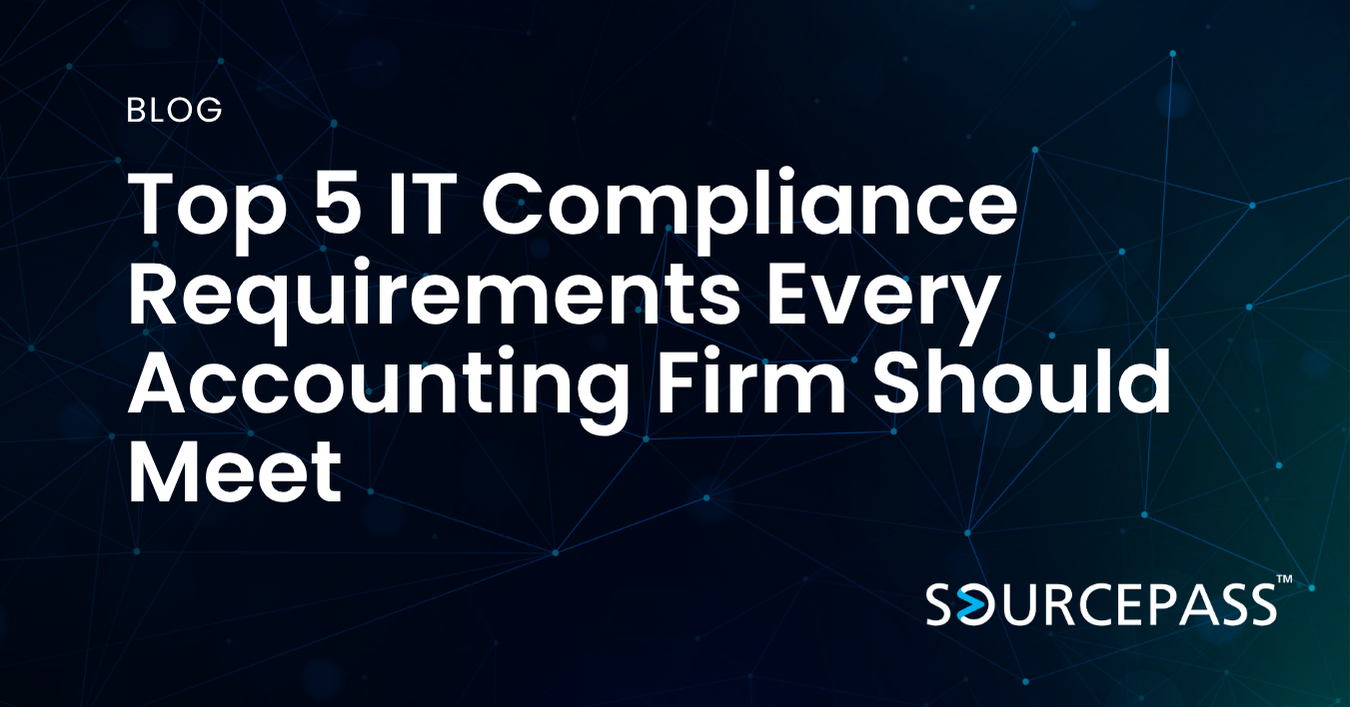Cloud Migration Strategy for Hybrid Environments
Oct 15, 2025 Alex Davis Cloud & Infrastructure | Strategy & Modernization 2 min read



Hybrid environments are now a core component of modern IT architecture, blending on-premises infrastructure with public and private clouds. This approach offers control, flexibility, and scalability—but only when supported by a clear migration strategy. For technical leaders, the challenge lies in balancing performance, security, and operational governance across multiple platforms.
A successful hybrid cloud migration requires careful planning around workload placement, identity, data protection, and ongoing management. This guide outlines the critical components of building a scalable and secure hybrid architecture.
Why Hybrid Environments Require a Tailored Migration Strategy
Hybrid models are not simple lift-and-shift exercises. They involve integration between legacy systems and cloud-native services, requiring precision in connectivity, identity, policy enforcement, and disaster recovery. Without a structured approach, migration can lead to performance latency, redundancy issues, and fragmented security controls.
Key Components of a Hybrid Cloud Migration Strategy
1. Workload Assessment and Placement
Begin with a full inventory and classification of workloads. Determine which applications remain on-premises due to latency, compliance, or architecture constraints, and which can transition to cloud platforms like Azure or AWS. Use dependency mapping tools to reduce migration failure risk.
2. Identity and Access Modernization
Centralized identity is mandatory for hybrid environments. Azure Active Directory enables unified access control, conditional policies, single sign-on, and Zero Trust architecture. Migrating identity early helps streamline integrations and secure access across environments.
3. Network Architecture and Connectivity
Implement secure, high-availability connections between on-premises and cloud infrastructure using VPNs or ExpressRoute. Plan for redundancy and latency controls. Define traffic flows, segmentation, and cross-environment visibility for troubleshooting.
4. Data Protection and Compliance Alignment
Hybrid models demand consistent data protection policies. Use tools like Microsoft Information Protection (MIP) for data classification and encryption across endpoints and cloud repositories. Tie policies to compliance frameworks such as GDPR, HIPAA, or SOC 2.
5. Automation and Operational Governance
Adopt infrastructure as code (IaC) using tools such as Terraform or ARM templates to standardize deployments. Implement centralized monitoring, patch orchestration, and incident response using platforms like Microsoft Sentinel or Azure Monitor.
Migration Phases for Hybrid Success
-
Planning and Assessment – Inventory assets, define goals, map dependencies.
-
Pilot and Validation – Migrate non-critical workloads to validate performance and integrations.
-
Scaled Deployment – Move core services with redundancy and rollback plans.
-
Optimization – Refine costs, performance, SLAs, and automation post-migration.
Managing Security Across Hybrid Boundaries
Hybrid environments expand the attack surface. Security must be continuous and layered:
-
Multi-factor authentication for all cloud access
-
Endpoint detection and response (EDR) across on-prem and remote devices
-
Centralized incident response plans tied to SOC operations
-
Log correlation and SIEM integration for proactive detection
Partnering with a managed security provider can ensure coverage across all layers, accelerating remediation and reducing breach containment time.
Final Thought
A hybrid cloud migration is not a single event but a long-term architectural shift. Success depends on a disciplined strategy across identity, workload placement, security, and governance. With the right planning, hybrid environments enable flexibility without sacrificing control.
Need a hybrid readiness assessment or architectural roadmap? Sourcepass can help align your migration strategy with operational and security goals.
FAQs: Hybrid Cloud Migration Strategy
What workloads should remain on-premises in a hybrid model?
Latency-sensitive, legacy, or compliance-restricted workloads often remain on-premises while scalable or modern apps move to the cloud.
How do you secure identity across hybrid environments?
Centralize authentication using Azure AD or a similar platform with conditional policies and MFA to unify access management.
What tools support hybrid governance and monitoring?
Use Azure Monitor, Sentinel, or third-party SIEMs to aggregate logs, monitor performance, and automate incident response.
How do you manage cost control in hybrid environments?
Tag resources, monitor utilization, and use reserved instances or policy-based automation to enforce cost governance.
Subscribe To
Sourcepass Insights
Sourcepass Insights
Stay in the loop and never miss out on the latest updates by subscribing to our newsletter today!
.png?width=500&height=100&name=White%20Logo%20-%20Transparent%20Tag%20(3).png)



